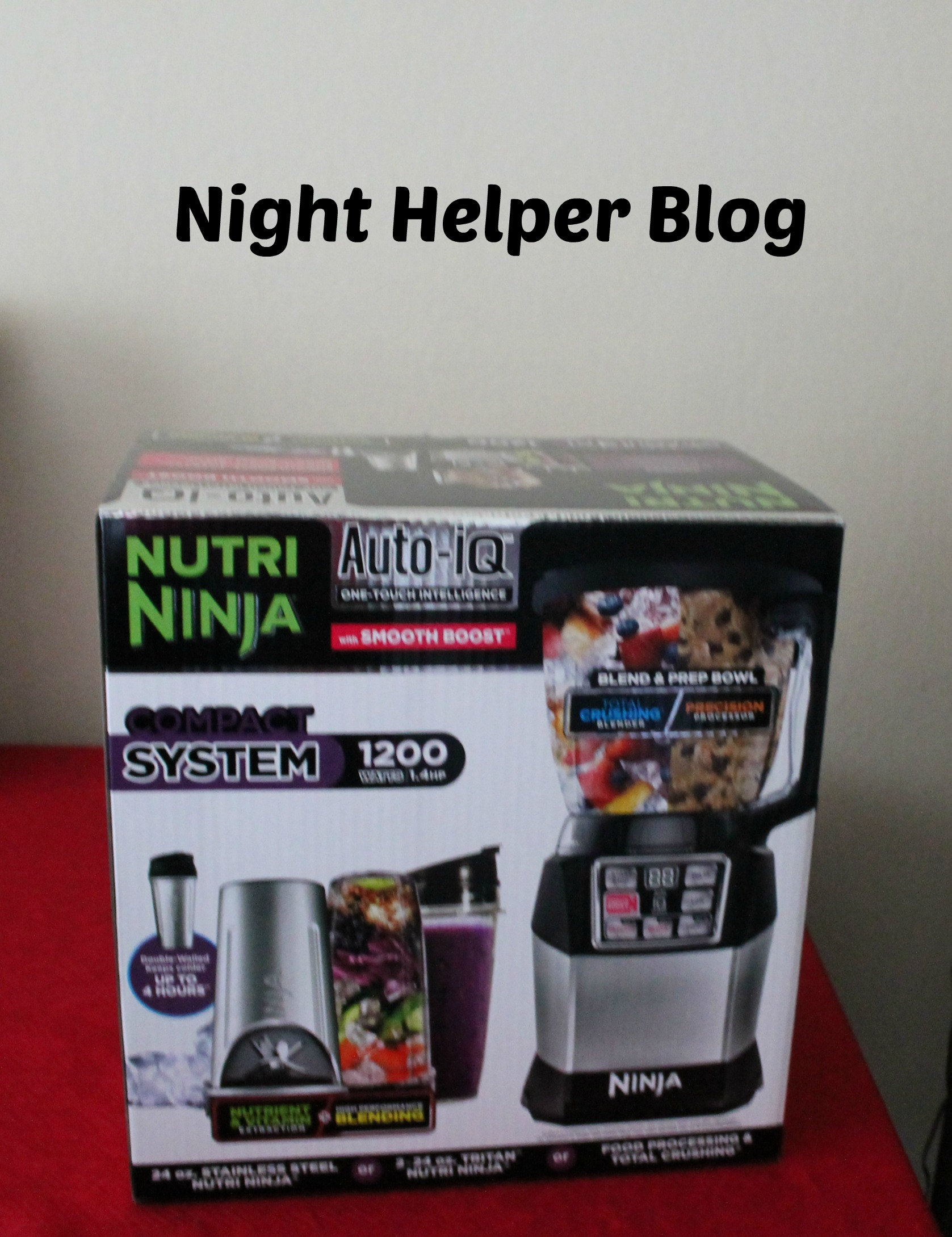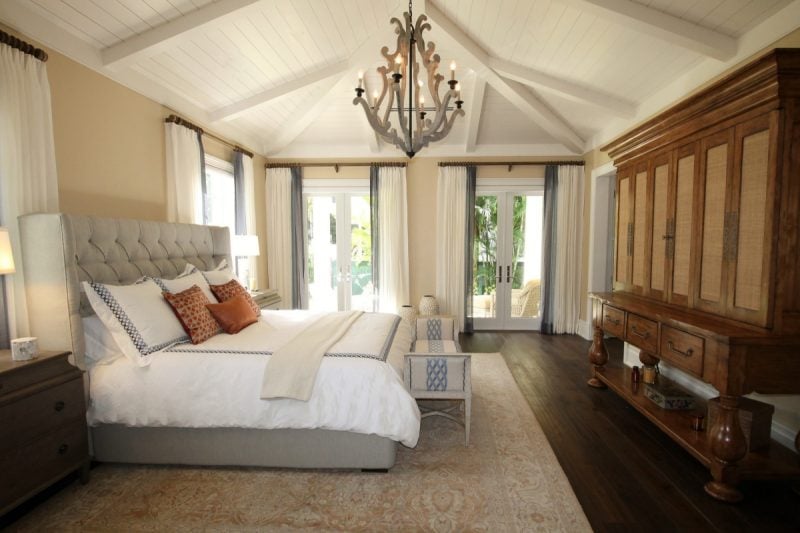Solar Panels: How Resilient Are They Against Extreme Weather Conditions?
As the world increasingly turns to solar energy to combat the effects of climate change, the durability, and resilience of solar panels under extreme weather conditions have become critical concerns for homeowners and businesses alike. From scorching heat waves to powerful hurricanes, the best solar panels must be able to withstand a multitude of environmental challenges. This article will explore the robustness of solar panels against various harsh weather conditions and what makes them so resilient.
Contents
The Durability of Solar Panels
The durability of solar panels is a crucial factor in their longevity and performance. Modern solar panels are constructed using tempered glass, robust frames, and waterproof sealants, allowing them to endure the harshest of conditions. The best solar panels are engineered to last for decades with minimal degradation, providing a reliable and sustainable source of clean energy.
1. Resistance to High Temperatures
Solar panels are exposed to intense sunlight, which can cause their temperatures to rise significantly. However, most solar panels are designed to handle temperatures up to 140°F (60°C) without a significant drop in efficiency. In fact, some of the best solar panels on the market, such as those produced by SunPower and LG, boast superior thermal coefficients, meaning they can maintain their performance even in extreme heat. This is essential for regions that experience frequent heat waves and high temperatures, as the panels can continue to convert solar energy efficiently.
2. Snow and Ice Load Bearing
While solar panels are typically associated with sunny climates, they are also surprisingly adept at handling cold weather and the snow that comes with it. The design of solar panels allows snow to slide off easily due to their tilted and smooth surfaces. Moreover, the dark color of solar panels helps them absorb heat, which can melt snow and ice faster. The best solar panels are tested to withstand heavy snow and ice loads, ensuring that even in the most wintery conditions, they can continue to operate without the risk of damage or collapse.
3. Wind Resistance
Wind can pose a significant threat to solar panels, especially during storms. However, solar panels are generally mounted with strong brackets and are rated to withstand winds of up to 140 mph (225 km/h). This is due to rigorous testing that simulates the worst-case scenarios, such as those experienced in hurricanes and tornadoes. Some manufacturers, like SunPower, offer panels with even higher wind resistance ratings, which can provide additional peace of mind for homeowners in wind-prone areas.
4. Hail and Impact Resistance
Hail is a concern for solar panels, but high-quality panels are designed to resist impacts. The best solar panels have a high-quality tempered glass that can withstand hailstones of up to 1 inch (25mm) in diameter traveling at speeds of up to 50 mph (80 km/h). This is often achieved through a multi-layered laminate structure that includes a toughened glass cover, EVA film, and a strong back sheet. Some panels, like those from Q CELLS, are equipped with an additional anti-reflective coating that enhances durability against hailstones.
5. UV and Corrosion Resistance
Exposure to ultraviolet (UV) rays can degrade materials over time, but solar panels are treated with special coatings that protect them from UV degradation. These coatings are crucial for maintaining the integrity and efficiency of the panels over their lifespan. Additionally, the frames and mounting systems are often made from corrosion-resistant materials such as aluminum or stainless steel, ensuring that the panels remain stable and secure, even in the face of harsh coastal conditions.
The Resilience of Solar Panels in Extreme Weather Events
While solar panels are generally durable against day-to-day weather, their true resilience is tested during extreme weather events.
1. Hurricanes and Typhoons
Solar panels can withstand high winds and rain, but hurricanes and typhoons pose a significant threat due to their intense winds and flying debris. Proper installation is key in such scenarios. Panels that are well-secured to the roof or ground are less likely to be damaged. Moreover, some companies, like Tesla, have reported successful deployments of solar panels in hurricane-prone regions, where their products have withstood the storms with minimal damage.
2. Wildfires
The threat of wildfires is a growing concern, especially in the United States and Australia. Solar panels are not flammable, which means they do not contribute to the spread of fires. However, the heat and smoke from nearby wildfires can affect their performance. The best solar panels are designed to handle high temperatures, but extreme heat can cause temporary decreases in efficiency. Additionally, solar panels can help protect rooftops by acting as a barrier against burning debris.
3. Floods and Water Damage
Flooding can cause significant damage to electrical systems, but solar panels are typically installed at an elevation that keeps them safe from rising waters. Moreover, the panels themselves are waterproof and can even float in certain conditions. This makes them a suitable option for regions that are prone to flooding.
4. Lightning
While solar panels are not immune to lightning strikes, they are equipped with built-in safeguards such as inverters and surge protectors that can protect the system from electrical surges. When installed correctly with proper grounding, the risk of damage is minimized.
Maintaining Solar Panels in Extreme Weather
To ensure solar panels remain resilient in the face of extreme weather, regular maintenance and inspections are essential. After a severe weather event, it is advisable to check for any visible damage, such as cracks or loose connections. Professional inspections can also be conducted to assess the system’s integrity and performance. Keeping the panels clean from debris and ensuring that trees and other structures do not cast shadows that could compromise efficiency is also important.
Solar panels have proven to be remarkably resilient against extreme weather conditions. Their durability is a testament to the advanced engineering and technology that goes into their production. With proper installation and maintenance, homeowners and businesses can rely on solar energy systems to provide power even during the harshest of conditions. As the best solar panels continue to evolve, their ability to withstand the elements will only improve, making them an increasingly attractive choice for those looking to harness the power of the sun. Despite the challenges posed by extreme weather, the future of solar energy remains bright, offering a sustainable and reliable alternative to fossil fuels.





Solar panels are on our renno list for a villa we have be doing up. Doing some research on what to look out for. Good to see they can stand high winds and temps. Now to narrow down the supplier.
I’ve been thinking about getting solar panels for my house, but I was worried about storms and crazy weather. It’s good to know they’re built to last!
Your content on solar panels and extreme weather was quite informative – thanks for sharing.
The part about durability during storms particularly useful 🙂
I always wondered how solar panels hold up in crazy weather like storms or hail, and this explained it in a really clear way. Good to know they’re tougher than I thought – especially with the right setup. Definitely makes me feel more confident about considering them for the future!
wow. i had never thought of all the things you’d have to protect your solar panels against! i just wish solar panels were more economical. Same goes for electric cars, lol.
Solar panels are such a game changer. Everyone I know who has them is so glad that they got them installed.
While I’ve been in Italy, the house I’m staying in has solar panels and it’s saved me so much money on electricity! I need to get them when I move back home.
Ooh. It’s nice to know they can stand up to hail! We’ve been talking about going solar, but we were concerned bout hail because we get a lot of severe weather that produces it here.